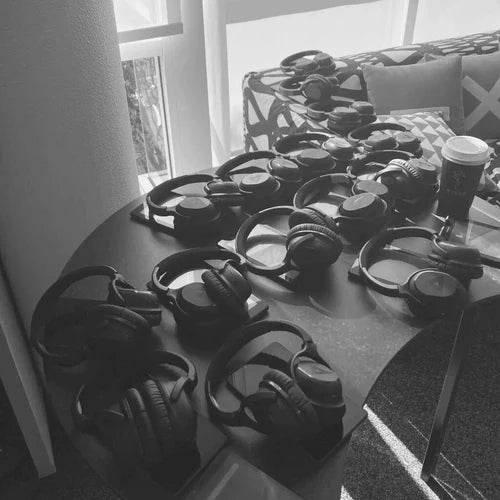Hearing loss can affect a child’s ability to hear and understand language, to produce speech and communicate effectively with their peers. When hearing loss goes undetected, children may disengage and lose interest at school, likely due to the reduced input they are receiving.
Where young kids are seen to be ‘not listening’, mucking up or quickly losing attention in the classroom, they are often referred for a hearing assessment to check their ears. Audeara advocates for regular hearing screens for all school-aged children to prevent hearing loss and ensure that even transient changes are picked up before they have a functional impact on performance and communication.
As part of the World Health Organisation’s (WHO) Hearing Awareness Week, the Audeara team attended Brisbane Grammar School last week. After our session with each class of students, we also had the opportunity to chat with teachers about how to manage students with hearing loss and how different classroom setups might help or hinder their teaching.
Here's 8 ways you can improve the listening experience for children in a learning environment or classroom1:
-
Where possible improve the acoustics of the room by using curtains, rugs and carpet on the walls and floor.
-
Try to reduce or remove background noise.
-
Make sure the speaker does not have glare or backlighting behind them (ie. don't stand in front of a sunny window when speaking).
-
Use assistive technology like a soundfield amplification system, FM system or Audeara’s personalised headphones.
-
Regularly check for the childs' understanding and rephrase instructions (rather than repeating the same).
-
Use visual aids to support spoken language.
-
Use normal, clear speech without jargon, slowing or exaggerating.
-
Avoid moving around the classroom or turning away from the child while speaking.
If you'd like more information on hearing health in the classroom, please get in touch!
1https://www.deafnessforum.org.au/



